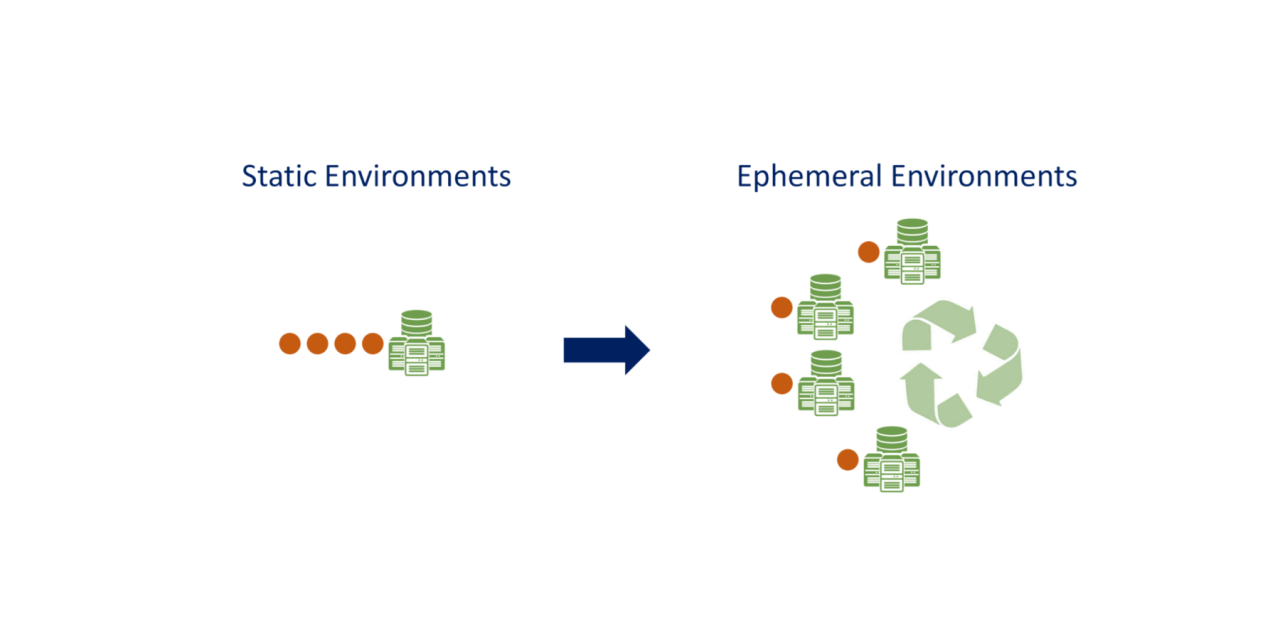By: Mark Lewis, SVP Sales and Marketing
You don’t often forget a vehicle once it comes out of the factory-garage. With a new car, you tend to continuously check for any cracks, imperfections, or hiccups, to keep it running the way it’s supposed to.
That is the critical role that APM or Application Performance Management fulfills for any application. It helps to ensure holistic control on performance and availability of software applications.
It’s a way to detect and diagnose complex application performance problems to deliver the service experience expected. This way, a business can ensure that its applications are running smoothly and handling any customer demand peaks. This checks the performance of the code, application dependencies, transaction times, and overall user experiences. It can be done in a variety of ways – metrics-based, network-based, code profiling, code-level performance, and latency.
When a robust APM process is in place, a business can reap optimal returns from an application. It makes it possible for software teams to watch the intended performance and experience of their developed applications. As the saying goes – “There is no maintenance without management.” APM works to elevate the overall life cycle value of an application.
APM vs APM? Application Performance Management vs Monitoring?
Yes, both terms exist in the industry. But there is a marked difference to be noted here. Application Performance Management is a subset of Digital Experience Monitoring or DEM. Application Performance Monitoring is about keeping a tab on components and/or infrastructure of an application. This covers code issues, runtime application architecture discovery modelling and display, transaction profiling, and other areas.
You get a detailed analysis of the application stack. This gives visibility into each step or process and identification of the specific point of failure. Application Performance Management, on the other hand, is about the overall picture of a software environment. It’s about all-around performance, broad resource-utilization areas, and the ultimate experience. The focus is on user-side checks – whether in terms of good delivery or in terms of the shortfall. This is where IT teams can pick up application performance issues, but with correlations to other software and hardware in the environment. It also allows them to decide on the relevance and role of certain applications.
APM steps include;
- Visibility into core application metrics
- Network and uptime-related factors
- Overall application usage and traffic visibility
- Identification of lags or connectivity issues
- Watching application dependencies including SQL, queues, web pages, transactions, caching, and spotting slow ones
- Fixing of weak areas and consequent decisions on application optimization
What next?
A recent ReportLinker report on “Global Application Performance Management (APM) Industry” indicated a size of $7 billion in the year 2020 – this is projected to hit $11.9 billion by 2027. Gartner had also estimated in 2018 that APM would monitor 20 percent of all business applications by the year 2021.
As companies invest more and more in cloud models; and as application speed plus performance become critical determinants of competitive differentiation, APM will gain more force.
APM has become an essential aspect of the overall application strategy. It will not just affect how applications move after they’re released but will go all the way towards the tipping point on – the actual value that applications bring to a business. This will define why and how an application gets designed. Or not?



